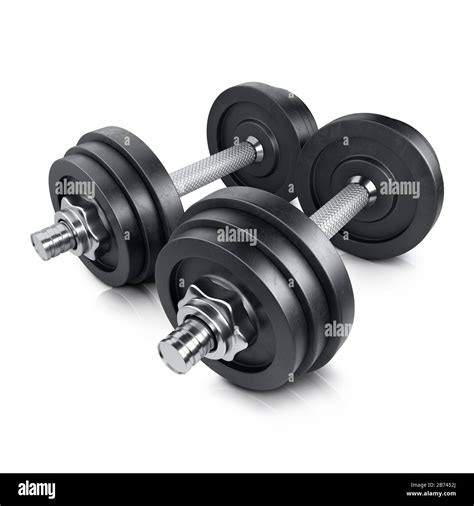Master progressive overload for continuous strength & peak performance?

The Unshakeable Foundation of Strength
In the pursuit of greater strength, bigger muscles, and enhanced athletic performance, one principle stands as the undisputed cornerstone: progressive overload. It’s not a secret technique or a fleeting trend, but rather the fundamental mechanism by which your body adapts, grows, and gets stronger. Simply put, progressive overload means continually increasing the demands placed on your body over time, forcing it to adapt by building more muscle and increasing its capacity.
Without progressive overload, your fitness journey will eventually hit a wall. Your body is incredibly efficient; once it adapts to a certain stimulus, it has no reason to change further unless a new, greater challenge is presented. This article will delve into what progressive overload truly entails and how you can systematically apply it to unlock continuous gains and achieve peak performance.

Why Progressive Overload Matters for Every Athlete
The benefits of consistently applying progressive overload extend far beyond just looking good. It’s critical for:
- Continuous Strength Gains: Your muscles become stronger as they learn to handle greater loads or perform more work.
- Muscle Hypertrophy: To build muscle, you must provide a sufficient stimulus for growth. Progressive overload ensures this stimulus is always increasing.
- Enhanced Endurance: As your body adapts to increased volume or reduced rest, your muscular endurance improves.
- Improved Bone Density: Weight-bearing exercises, especially with increasing loads, contribute to stronger bones.
- Injury Prevention: A stronger body with well-developed muscles and connective tissues is more resilient and less prone to injury.
Core Methods for Progressive Overload
Progressive overload isn’t just about adding more weight to the bar, though that is a primary method. There are several effective ways to increase the demands on your body:
1. Increase Resistance (Weight)
This is the most common and often most effective method. Once you can comfortably complete your target reps and sets with a certain weight, it’s time to increase the load. Even a small increase (e.g., 2.5 lbs/1 kg) over time makes a significant difference.

2. Increase Volume (Reps or Sets)
If increasing weight isn’t feasible, you can add more repetitions to your existing sets or add an entirely new set. For example, going from 3 sets of 8 reps to 3 sets of 10 reps, or 3 sets of 8 reps to 4 sets of 8 reps.
3. Decrease Rest Intervals
Reducing the amount of rest between sets makes your workout more challenging by not allowing your muscles to fully recover. This increases the metabolic demand and improves your work capacity.
4. Improve Technique or Range of Motion
Performing an exercise with stricter form, a fuller range of motion, or controlling the eccentric (lowering) phase more effectively makes the movement harder and targets the muscles more precisely. This is a crucial, often overlooked form of overload.

5. Increase Time Under Tension (TUT)
Slowing down the concentric (lifting) and/or eccentric (lowering) phases of an exercise forces your muscles to work harder for a longer duration, leading to greater muscle damage and subsequent growth.
6. Increase Training Frequency
For some, increasing how often you train a specific muscle group or movement pattern can be a form of progressive overload, allowing for more practice and overall work done.
Strategizing Your Overload: Tracking and Planning
To master progressive overload, you need a system. This means meticulously tracking your workouts. Keep a log of the exercises you perform, the weight used, reps, sets, and even rest times. This data is invaluable for knowing exactly what you need to improve upon in your next session. Plan your workouts with the intention of overloading, even if it’s just by a tiny margin. Small, consistent improvements accumulate into significant gains over weeks, months, and years.

Navigating Plateaus and Ensuring Recovery
Even with perfect application, plateaus are inevitable. When you hit one, it’s a signal to reassess. Try switching your overload method, incorporating a deload week (reducing intensity/volume to aid recovery), or even varying your exercises. Remember, recovery is just as crucial as the training itself. Adequate sleep, nutrition, and managing stress allow your body to adapt and grow from the progressive overload you impose.

Conclusion: The Path to Ever-Evolving Strength
Progressive overload is more than just a training principle; it’s a mindset that encourages continuous improvement and self-challenge. By consistently striving to do a little more, lift a little heavier, or perform a little better, you ensure your body is always adapting and evolving. Embrace the challenge, track your progress, and commit to the journey of continuous growth. Master progressive overload, and you will unlock continuous strength gains and achieve unparalleled peak performance in your fitness endeavors.








